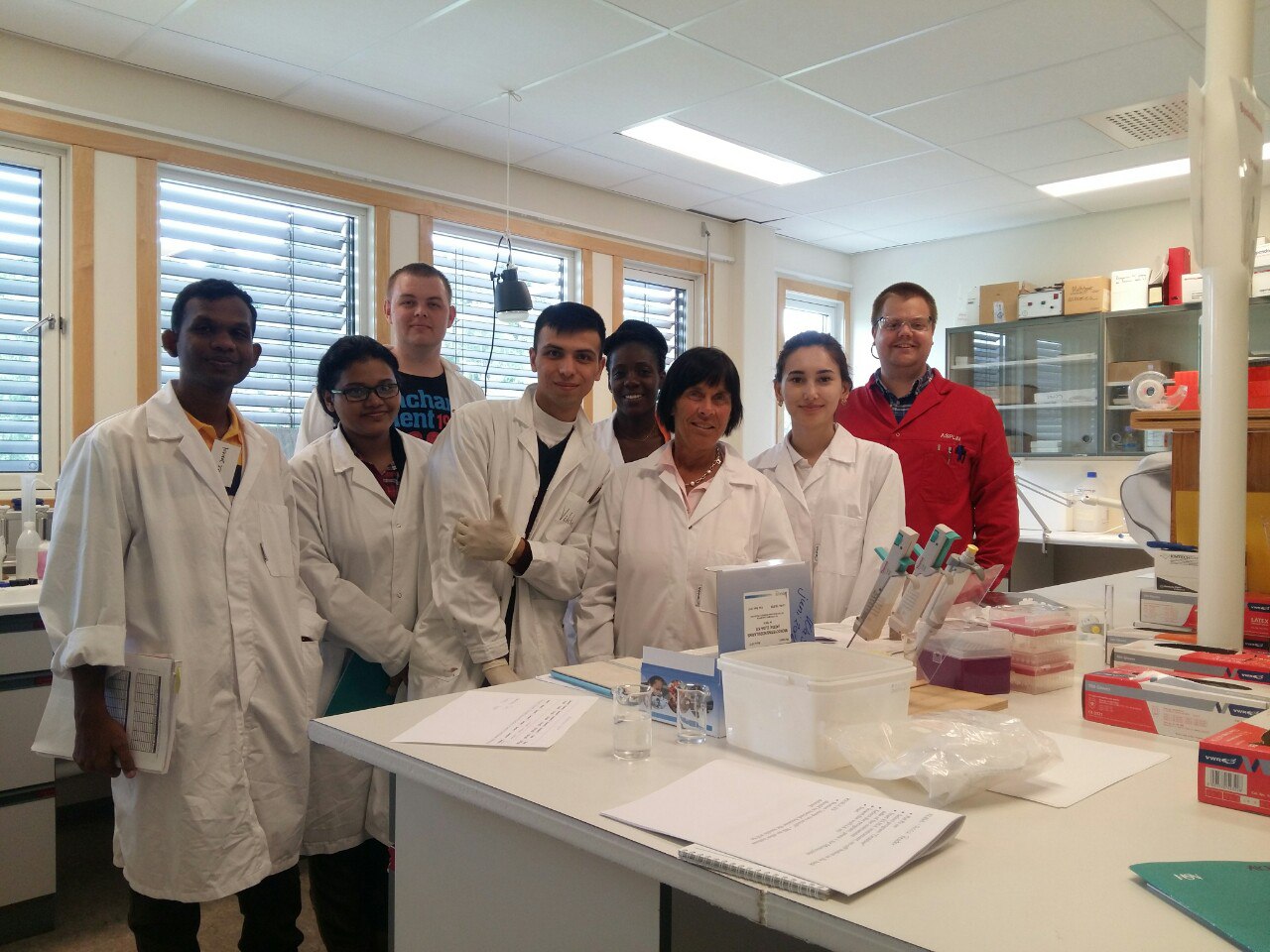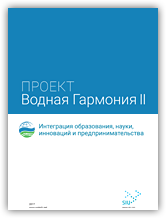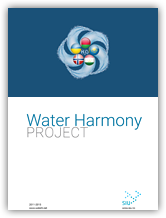Since March 2016, the project “Water Harmony-II” has started its work in frame of the project CPEA-2015/10036 “Water Harmony – Integration of Education, Research, Innovation and Entrepreneurship (Water HarmonyII)”.

The project includes students mobilities from partner universities to the Norwegian University of Life Sciences (NMBU). This year, during the three weeks in the period 25.06-16.07.2016, the best students from the partner universities had the opportunity to take part in the international summer school as a participation in student mobility program.
Within two weeks, Ukrainian students, along with students from Moldova, Belarus and Tajikistan (Cambodia, Sri Lanka, Bangladesh) attended the course THT-311 “Water Resources Management and Treatment Technologies” at NMBU, and also attended an additional course of lectures at the University College of Southeast Norway (HSN, Bo, Telemark).
Special attention should be paid to the process of practical training. Each student had the opportunity to work with modern analytical equipment. In addition, they worked with programs for modeling water treatment systems maintaining.
“Lectures were held in an interactive form. Teachers delivered presentations, which students had got in advance as a printed copy. On the slides there were only the most important information and images. While students were getting the clue of presentations lecturers diluted it with clear facts. In general, there was a little time needed to understand the lecture, because the visual memory is used maximally, and together with it the associative one” – shared his impressions Kalambet Yurii, the fifth-year student of USCTU.
It should be noted that in the educational process of the NMBU much attention is paid to the practical examples and practical reinforcement of the theoretical knowledge received from lectures, therefore, excursions to WW treatment plant and drinking water treatment plant were organized.
At the end of the course, the students prepared team projects dedicated to the modernization of the existing water treatment plants, which was defended in front of colleagues and teachers.
By the way, it is safe and healthy drinking water flows off taps in Norway and the small (by square) water treatment plant is so powerful that it serves with drinking water several cities.
Having worked hard, having traveled, having received new actual knowledge and skills, we hope that students, as representatives of their countries, will become real “agents of change” and will try to “harmonize” the existing with what they saw in the educational process, at water treatment facilities in everyday life.
Serhii Shmyhol, sergioshyhol@gmail.com
Sorochkina Kateryna, PhD at USCTU



